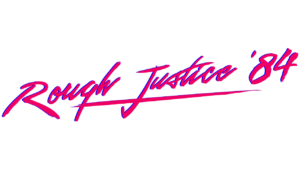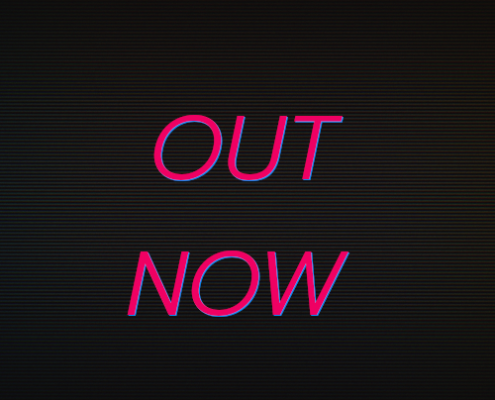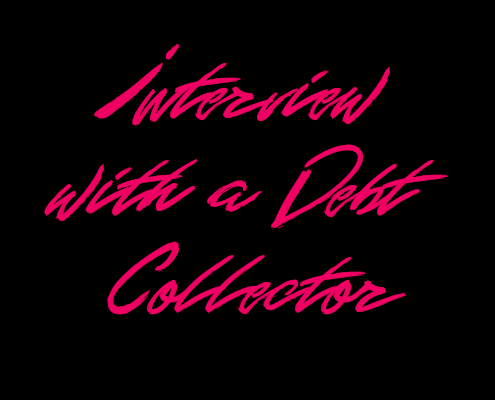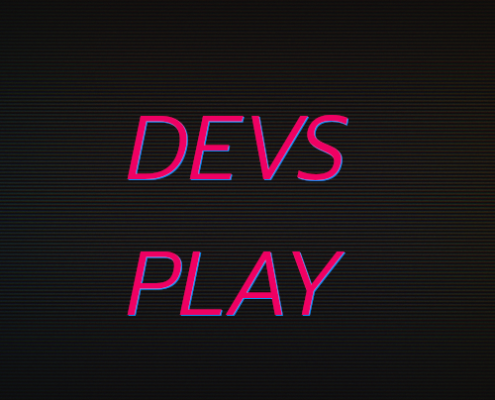MODULAR CHARACTER SYSTEM
In this video, we go over the processes that we went through to create a modular NPC character system. Having a modular system in place allows us to eventually create a seemingly endless amount of characters, which was important for us to more or less “future proof” the game, allowing us to create modular contracts with unique characters. The variable “parts” are limited by design. It was tough to narrow it down and not go full-hog though! The proof-of-concept has been completed, and now we can simply add more parts time and budget depending.
80’s FASHION
Before we started this endeavor, we did a lot of background research as to what styles we were aiming for. Now, this particular step didn’t necessarily have to be the first one, but we reckoned that if by the off chance there were some era-specific fashion aspects that we didn’t take into consideration from the get-go, it would impede our progress in the long run. And wouldn’t you know it- we were right! Turns out that as some of you may know- the 80s were renowned for “big hair” – bearing this in mind we were able to plan the further steps accordingly.
LAYERING
By defining the exact parts for each character, we needed to ensure that the layers would seamlessly coexist with the other layers. That is why the layering order is important. In our system, you can see that we start first with the head, then the body is layered upon it. The “body” is actually the clothing set. A lot of the clothing sets have popped collars or specific collars that need to be layered on top of the head. After placing the head and the body/clothing set, facial hair is added, followed by accessories. It is important to layer the facial hair behind the accessories, otherwise, you’ll have some strange results. Believe us, we’ve been there. After the facial hair and accessories, the hair is added. This is then followed by the headgear/hat if one is allocated.
SYMMETRY
It was imperative that we used a base template for all of the body parts for proper alignment. This ensures that for example, any hairpiece can be interchanged with any other one, also having proper alignment makes sure that all facial hair and or accessories fit into place properly. Strictly adhering to these rules at first seemed a bit stifling from a creative perspective, but in the long run, it was essential.
TLDR: All heads must adhere to a strict distancing and spacing rule. This ensures that all hair, facial hair, and accessories are 100% modular in nature.
HAIRSTYLES
We did a lot of research on classic hairstyles from the 80s and used our Miro Board to put them all together nicely. This was a collaborative effort, and quite honestly a very fun task. It was important for us to maintain historical accuracy, not necessarily a modern take on what people “think” 80’s hair-do’s looked like back in the day. Whether it was Lionel Richie’s iconic Jerry Curl Mullet or Mel Gibson’s feathered mullet, we wanted to be able to emulate that on a modular level.
Through trial and error, as well as time and financial pressure, we needed to make a decision in regards to how many hair types/hairstyles we would eventually have in total. We narrowed it down to roughly 15 per gender. It was important for us to make them era-specific.
HAIR COLOR
Once we established the base hairstyles, creating new variations for color was pretty straightforward. It was an extra step, but one that was well worth it. A simple way to create more variety. At the end of the day, each hairstyle has 5 or 6 color variations.
HEADWEAR
Some of the NPCs in Rough Justice: ‘84 have specific professionals that require particular attire. We knew we needed to make a number of hats, but we decided that these are for the most part outliers, so we decided to reduce the overall amount of them, focusing on some rather generic headpieces.
FACIAL HAIR
Just like with our general research and hairstyle research, we went to town researching facial hair of the 80s! Again though, we wanted to limit the overall amount of them, because we had to ofc make each color variation accordingly.
ACCESSORIES
For the most part, accessories have been considered eye-wear, but of course, earrings are also in this category. We did a lot of research for both male and female eyewear from the 80s and made a number of iterations of each. We decided to not add further variation through color variants, but that is something that we could of course do at a later date.
UNIFORMS
Much like the issue with the bespoke headwear, the uniforms were something that needed to be done. The thing is, once you start putting together a list of potential uniforms, where do you stop? I think at the end of the day, we settled on 11 distinct uniforms. These are quite often used in conjunction with the allocated headwear, but they don’t have to be.
DIVERSITY
It was very important for us to create a very diverse pool of NPCs- and we tried to the best of our ability to reflect the variety based on census reports from the early 80’s to give a well-rounded and accurate representation of all of the different ethnic and racial backgrounds.
INTERNAL TOOL
Our internal tool has been a godsend for the creative team. It easily allows the authors of contracts to put together the visual representation of the NPCs that they want to have in the contract, be it a client or a fugitive. Giving the narrative team the tools that they need in order to make the characters that they envision for each contract definitely gives it that much more realism.




